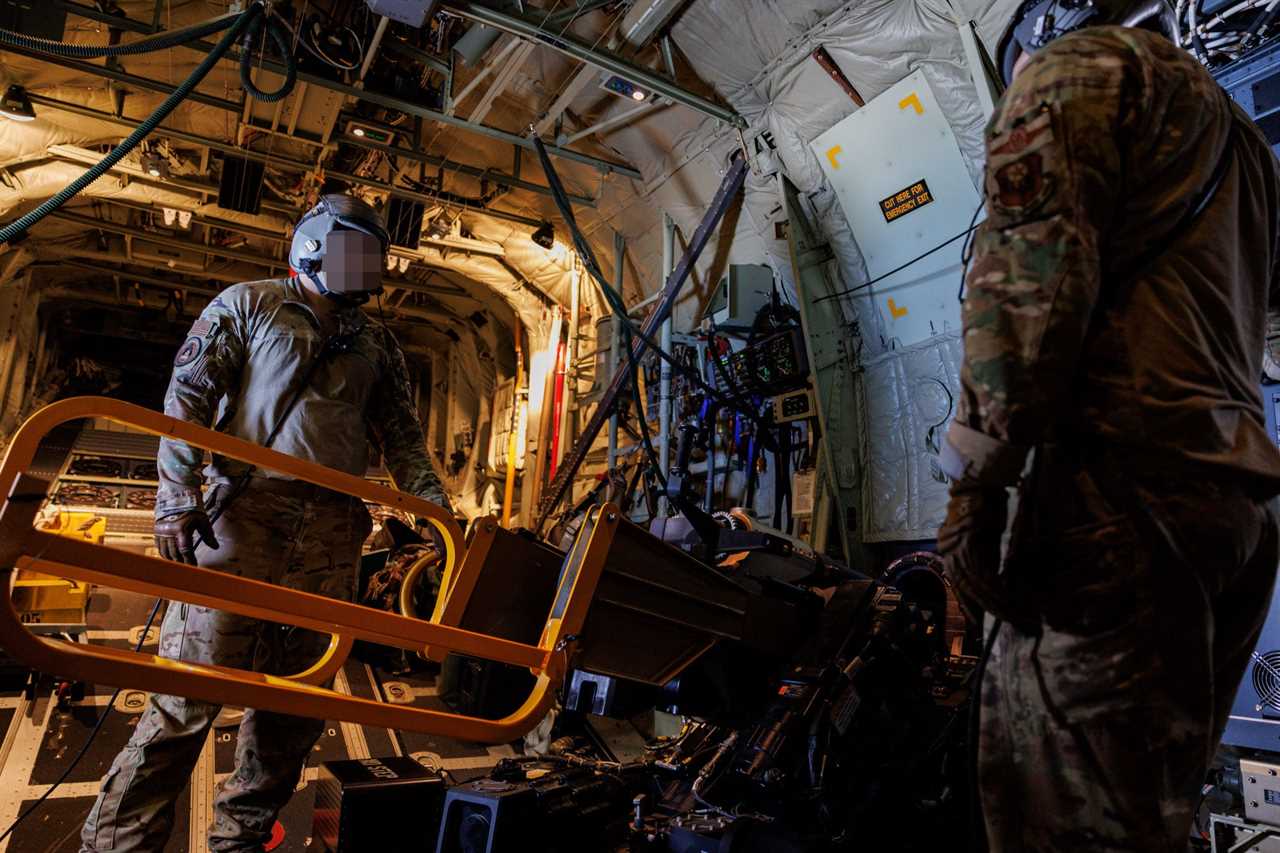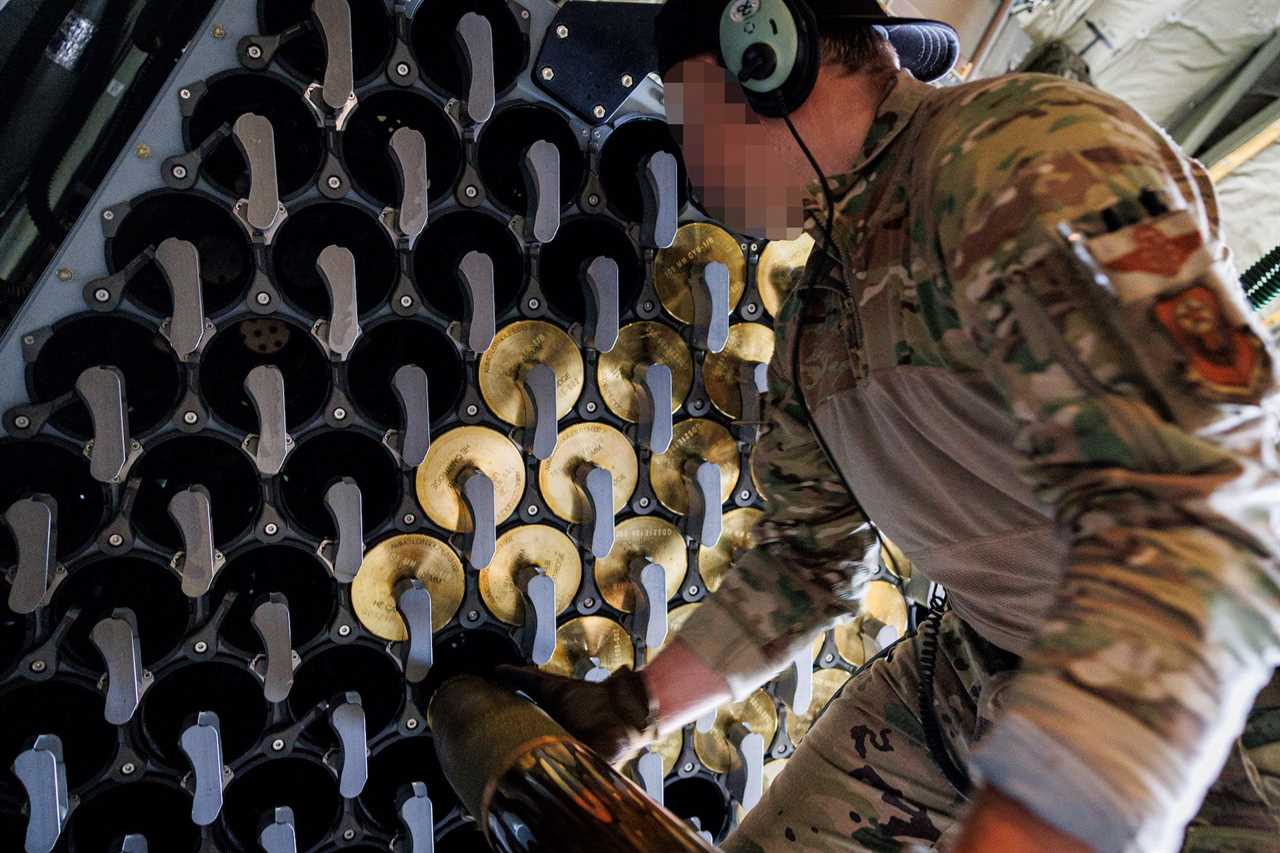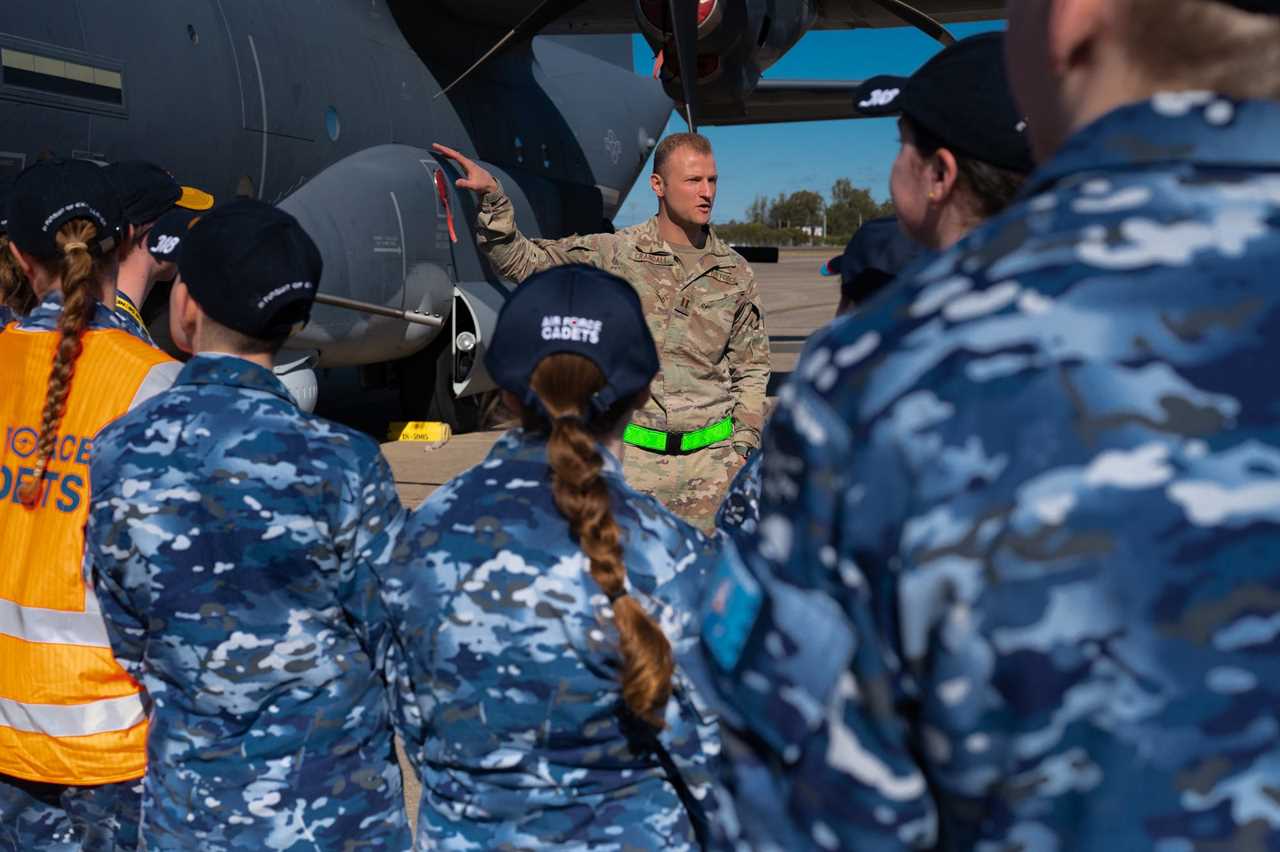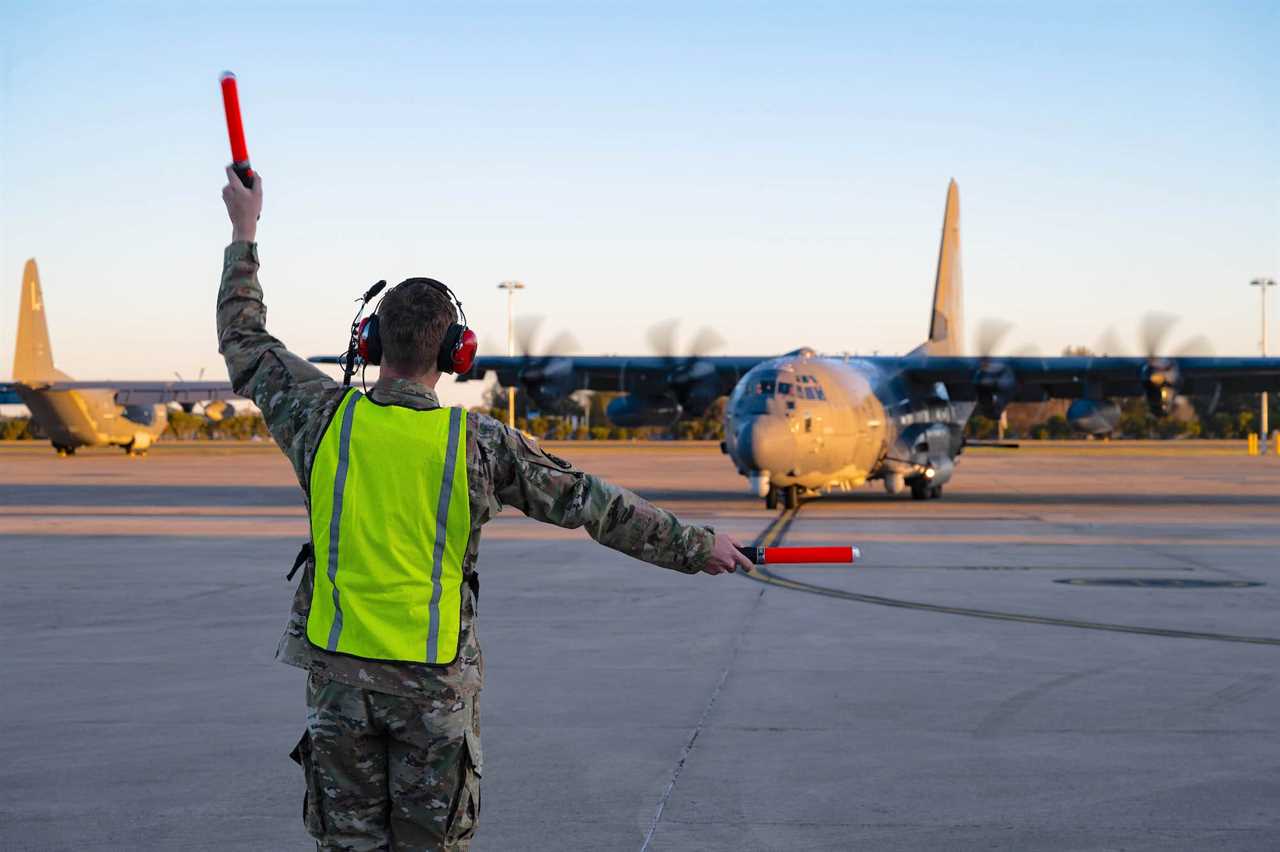Australian Air Force/LAC Samuel Miller
- US Air Force special operators took their AC-130J to Australia for an exercise in July.
- It's the first time the AC-130 has been to Australia since the gunship was introduced in the 1960s.
- The AC-130 is valued by ground troops, and the Air Force is working on updates to keep it relevant.
In late July and early August, the Australian military held a record-setting military exercise with troops from 13 countries, including the US.
But before the start of this year's Talisman Sabre exercise — the largest edition ever — US special operators arrived Down Under with some of their most capable and valuable aircraft.
As part of Exercise Teak Action, held in southeastern Australia in early July, US Air Force special operators flew their AC-130 gunship in Australia for the first time since it entered service in 1960s.
The thunder of guns

Australian Air Force/Corporal Cameron Pegg
While in Australia, Air Commandos from US Air Force Special Operations Command's 23rd Special Tactics Squadron and their AC-130Js took part in dry-fire rehearsals in coordination with US and Australian Combat Control teams on the ground.
US Joint Terminal Attack Controllers, or JTACs, and Australian Forward Air Control-Airborne, or FAC-A, specialists guided the AC-130 gunships in training scenarios that tested their marksmanship and coordination.
During the exercise, US and Australian troops also expanded their interoperability and worked on their ability to conduct short-notice operations in the Indo-Pacific area of operations.
The exercise was a chance for the two air forces "to conduct formation flying, landing zone survey, and close air support training that maintains our interoperability," said Wing Commander Steven Duffy, commander of the Australian air force's 4 Squadron.

Australian Air Force/Corporal Cameron Pegg
"We've learnt about the capability of the aircraft and the support framework required for the aircraft to base in Australia and project throughout the region," Duffy said in a press release.
Since entering service in the late 1960s, the different versions of the AC-130 — the AC-130J "Ghostrider" is the latest and first deployed in 2019 — have seen action in Asia, Africa, South America, Europe, and the Middle East, but the gunship continues to cover new ground: In a three-month span in 2021, it operated for the first time in both Japan and Romania.
Although this was the first time the AC-130 operated in Australia, the aircraft could be based in the area if tensions with China continue to grow.
The AC-130's primary mission sets are close air support, air interdiction, and armed reconnaissance. Essentially, the AC-130 is an aerial artillery platform that flies over a target slowly and fires cannons and precision munitions with deadly accuracy.
But the AC-130 is really only suited for operations in areas where the US and its allies have established air superiority, as its bulky size and relatively slow speed leave it vulnerable to attack.
A beloved aircraft

US Air Force/Senior Airman Alexcia Givens
Alongside a few other aircraft that specialize in close air support, like the venerable A-10 Warthog, the AC-130 gunship is widely beloved by ground troops. Its ability to linger over a target, its arsenal, and its proven accuracy have made it a must-have in combat operations.
"When it's two o'clock in the morning, and you're in some field in the middle of nowhere going after some bad guy, and you hear that low humming from the [AC-130] gunship above you, you feel a sense of security that it's hard to convey in words," a former Army Green Beret officer, granted anonymity because of their current work with the US government, told Insider.
The US Air Force has operated six versions of the gunship — AC-130A, AC-130E, AC-130H, AC-130U, AC130W, and AC-130J — during its five decades in service. The AC-130J is armed with 30 mm and 105 mm cannons and can fire a plethora of smart munitions, including the GBU-39 Small Diameter Bomb, GBU-69 Small Glide Munition, AGM-114 Hellfire missiles, and AGM-176 Griffin missiles.

US Air Force/Airman 1st Class Tylir Meyer
However, the AC-130 will face new challenges in a conflict against a capable adversary. The complete air superiority the US military enjoyed in the wars in Iraq and Afghanistan won't be there in a war with Russia or China.
As a result, the Air Force will have to find ways to keep the AC-130 relevant in non-permissive or semi-permissive operating environments.
Air Force Special Operations Command is upgrading its fleet of AC-130s with additional countermeasures and sensors to increase its survivability and its ability to contribute to operations on a modern battlefield. The command has also started testing airborne lasers, cruise missiles, and other stand-off munitions to equip the AC-130 for future conflicts where long-range operations are expected to be the norm.
More than 60 years after the AC-130's first combat sorties over the jungles of Southeast Asia, the US Air Force is making sure the gunship will remain part of its special-operations arsenal.
Stavros Atlamazoglou is a defense journalist specializing in special operations, a Hellenic Army veteran (national service with the 575th Marine Battalion and Army HQ), and a Johns Hopkins University graduate. He is working toward a master's degree in strategy and cybersecurity at Johns Hopkins' School of Advanced International Studies.
Read More
By: [email protected] (Stavros Atlamazoglou)
Title: After nearly 60 years in flight, US Air Force special operators took their AC-130 gunship to Australia for the first time
Sourced From: www.businessinsider.com/air-force-special-operations-ac130-gunship-first-time-in-australia-2023-8
Published Date: Thu, 24 Aug 2023 11:03:01 +0000
.png)





